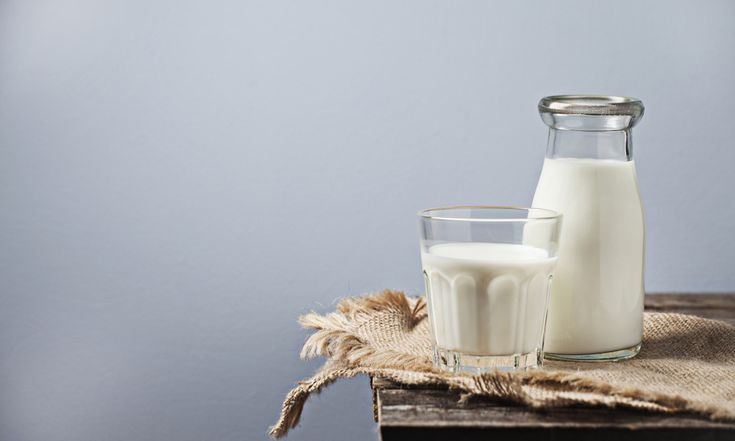The Truths About Raw Milk: A Growing Preference Among Americans

In recent years, there has been an increasing trend among Americans in favor of consuming raw milk, a preference that has sparked considerable debate among health experts and government authorities. Leading this charge is Robert F. Kennedy Jr., who recently came to prominence when appointed by Donald Trump to head the Department of Health and Human Services (HHS).
The Historical Context of Raw Milk Consumption
Thousands of years ago, humans began consuming milk from domestic animals, recognizing its evolutionary advantages in nutrition. However, close proximity to animals also introduced health risks, prominently the transmission of infectious diseases. The invention of milk pasteurization in the 19th century was hailed as a significant public health victory, dramatically reducing milk-borne illnesses.
The Revival of Raw Milk
Despite the dangers, including the risk of infections, many Americans have turned to raw milk as part of a broader health trend. Enthusiasts like Kennedy argue for its benefits and criticize federal regulations that limit interstate sales of raw milk. In states where it is legal, raw milk is regulated locally rather than federally.
Scientific Perspectives and Concerns
The Centers for Disease Control and Prevention state that unpasteurized dairy products are significantly more likely to cause illness compared to their pasteurized counterparts. Yet, emerging research, mainly from Europe, indicates potential health benefits, such as reduced risks of allergies and asthma in children consuming raw milk early in life.
Debate continues among scientists regarding whether raw milk itself bestows any direct health benefits, as the observed protective effects might be influenced by other environmental factors associated with farming life.
Moving Forward: Balancing Risks and Benefits
While health experts warn against the consumption of raw milk due to serious health risks, they acknowledge its historical significance. With Kennedy poised to make policy decisions affecting raw milk availability, the scientific community faces the challenge of educating the public on both its potential benefits and substantial risks.











